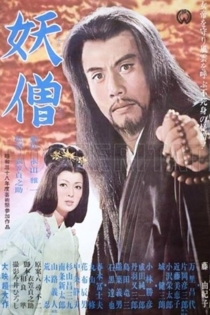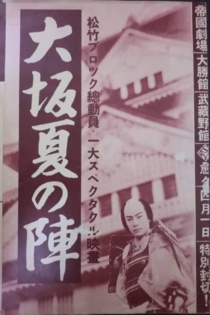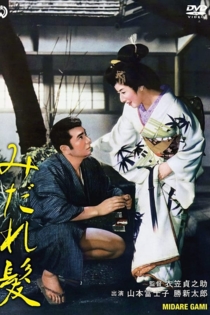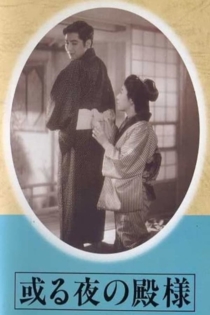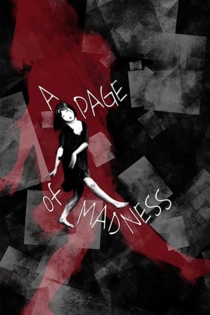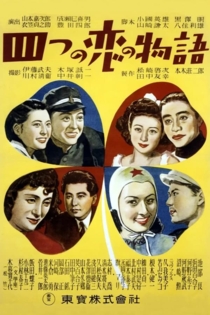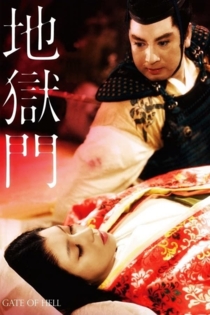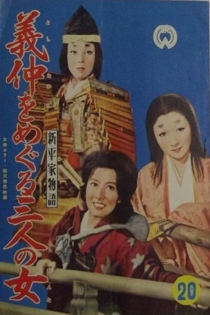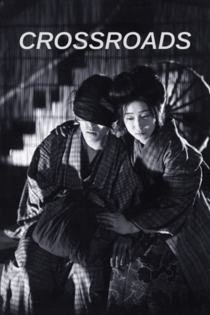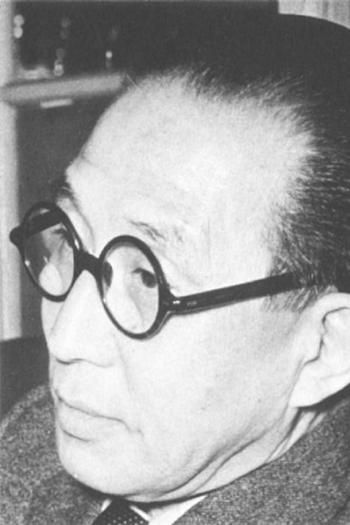
Teinosuke Kinugasa
1896 - 1982Kinugasa was among the pioneers of Japanese film, but began his career as an actor specializing in female roles (onnagata) at the Nikkatsu studio. When Japanese cinema began using actresses in the early 1920s, he switched to directing and worked for such producers as Shozo Makino before going independent to make his best known film, A Page of Madness (1926).
On February 26, 1982, Kinugasa died at the age of 86.
Description above from the Wikipedia article Teinosuke Kinugasa, licensed under CC-BY-SA, full list of contributors on Wikipedia.
Joyu
Teinosuke Kinugasa
Isuzu Yamada, Yoshi Hijikata
Sumako, a country girl, becomes a great actress with the help of Hogetsu,a scholar who brought some of European realism to the Japan's stage. The relationship leads to the end of his marriage and the breakup of his Arts Society. This is another version of Kenji Mizoguchi's film "The Love of Sumako the Actress" ("Joyû Sumako no koi"), from the same year. Both tells the story of the famous actress Sumako Mitsui (1886-1919), considered the first great modern theater actress in Japan. Mizoguchi himself is said to have preferred Kinugasa's version.
Actress
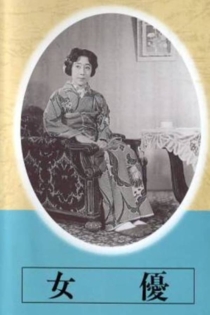
川中島合戰
Teinosuke Kinugasa
Ennosuke Ichikawa, Denjirō Ōkōchi
This epic depicts the battle between Uesugi Kenshin and Takeda Shingen. The focus of the story is the struggle by the unit leader in charge of the main supply wagons and the supply troops to transport materiel to the Uesugi army. To this are added episodes involving an itinerant woman.
The Battle of Kawanakajima
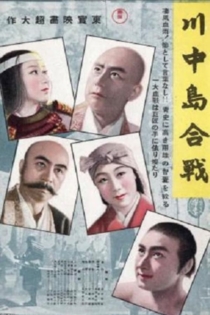
鳴門秘帖
Teinosuke Kinugasa
Chikage Awashima, Toshio Chiba
From the pen of Yoshikawa Eiji comes this exciting story. The Naruto Strait separates Tokushima from the islands of Awaji and Honshu. On Tokushima the mad lord dreams of conquest and forges a bloody revolt against the Tokugawa shogunate. A mysterious swordsman named Noriyuki Gennojo has crossed Naruto’s waters to uncover the Awa clan’s secrets. He puts his life on the line after finding a testament of Awa’s secrets, written in blood by a dying man. Joining Noriyuki are a female ninja who loves him, and the beautiful daughter of an enemy who’s sworn to kill him. Awa’s defenders willl stop at nothing to prevent the blood-soaked letter from reaching the shogun.
Secret of Naruto
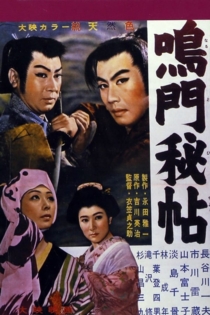
Маленький беглец
Eduard Bocharov, Teinosuke Kinugasa
Chiharu Inayoshi, Makiko Ishimaru
During a Soviet circus tour in Japan, a small street musician, Ken, meets a clown, Yuri Nikulin. Upon learning that his sick father is being treated in the Soviet Union, Ken sets off in search of him. The friendship of the great clown and the boy continues in Moscow.
The Little Runaway
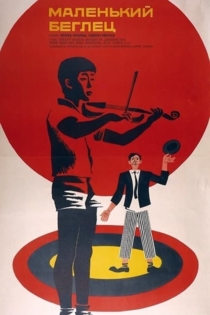
Bronze Magician
Teinosuke Kinugasa
Raizō Ichikawa, Yukiko Fuji
Yoso is truly a lost classic, set in the Nara Era (710-794), from Kinugasa Teinosuke the same writer/director who gave us the recognized classic Gate of Hell (Jigokumon, 1952) & the milestone silent surrealist masterpiece A Page of Madness (Kurutta Ippeji, 1926).
Bronze Magician
